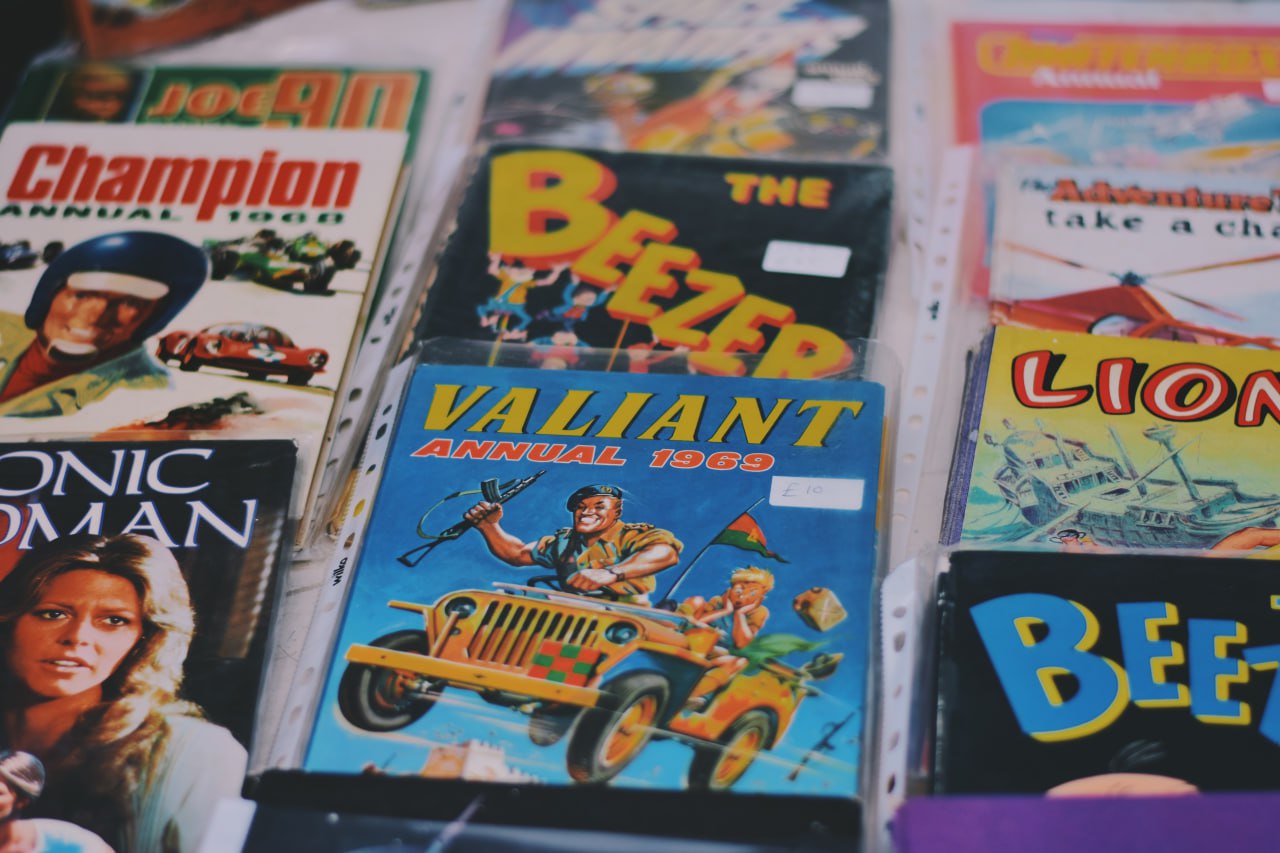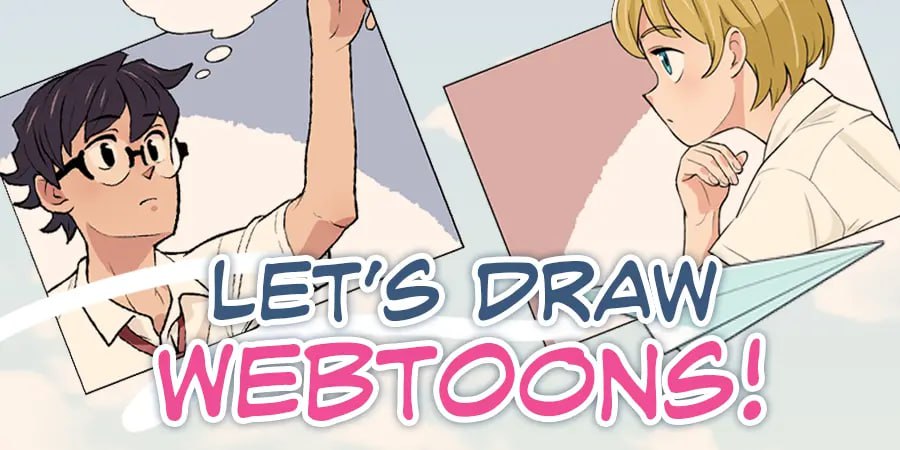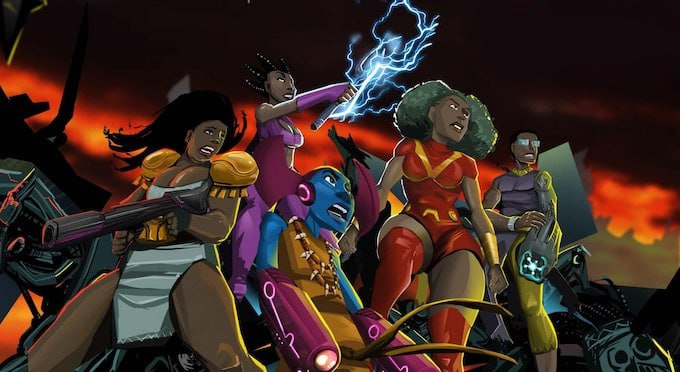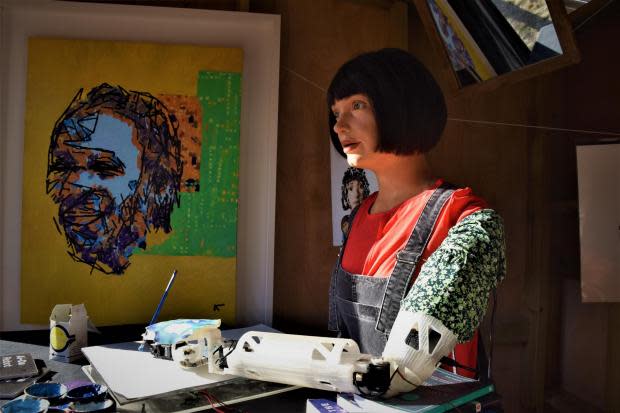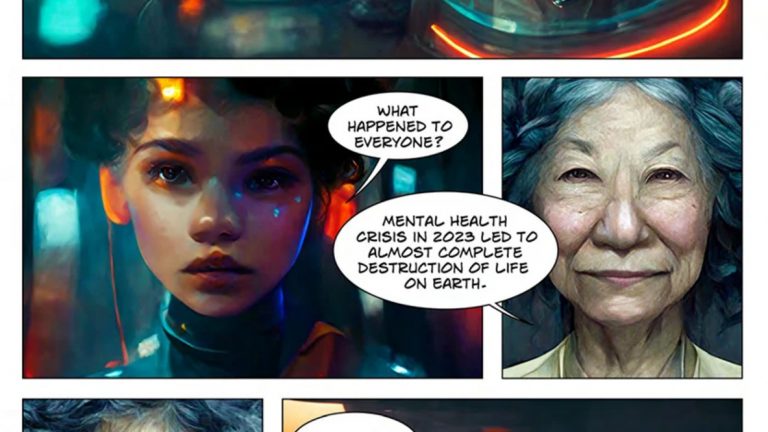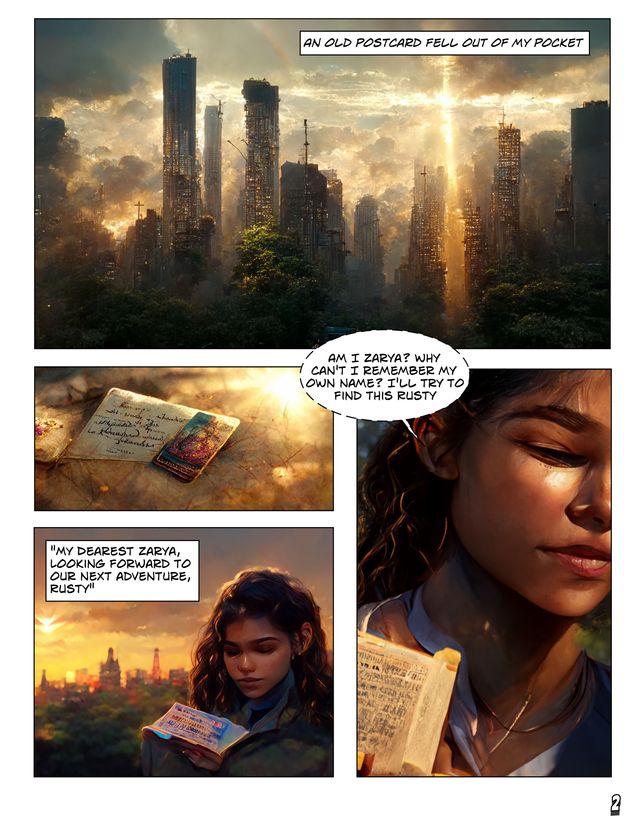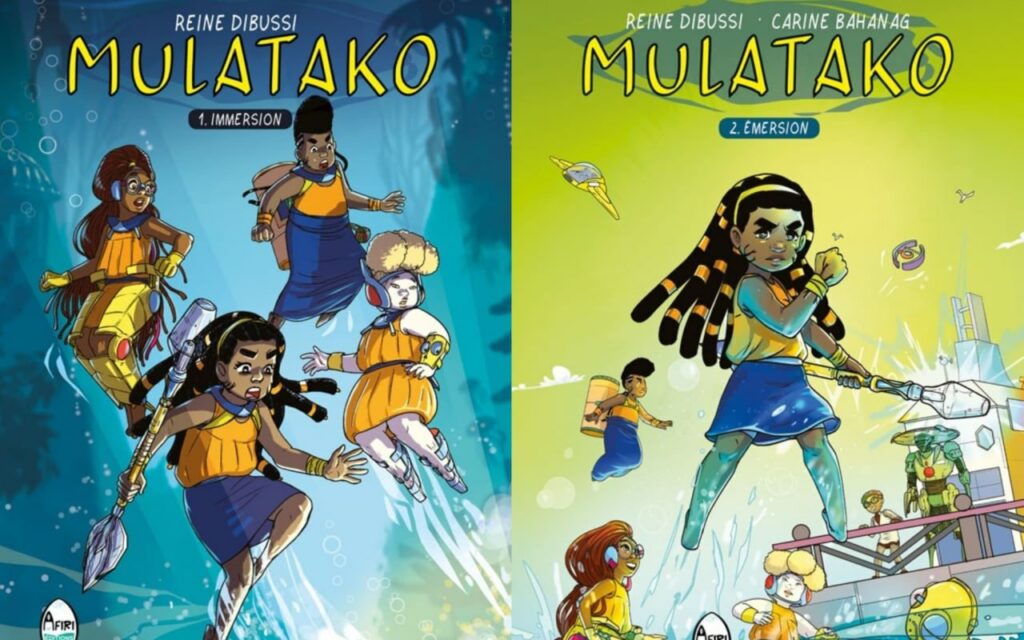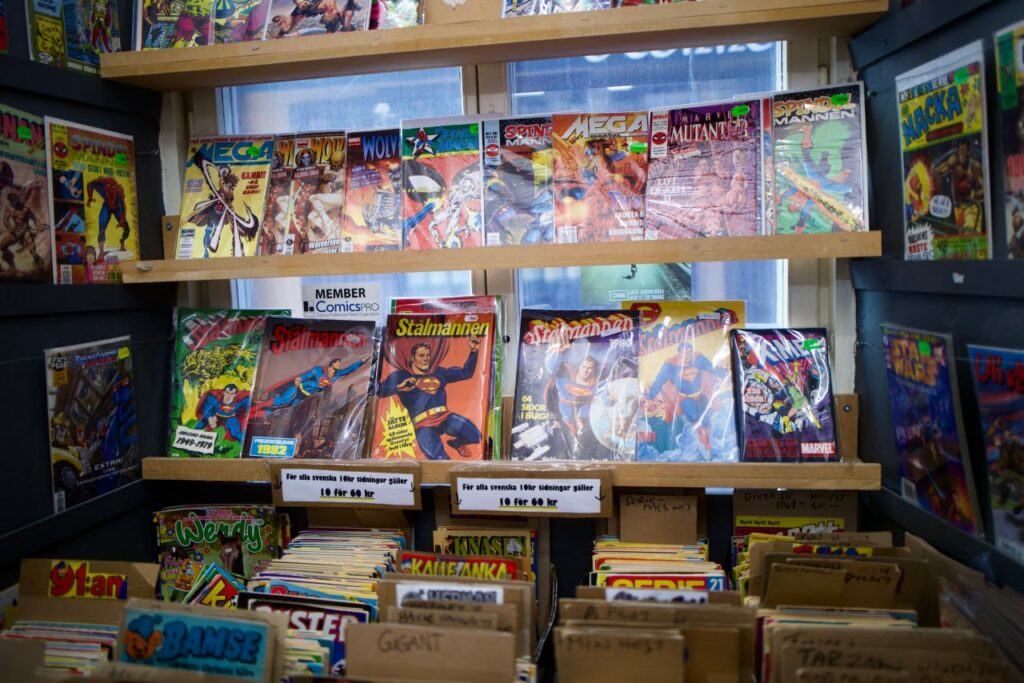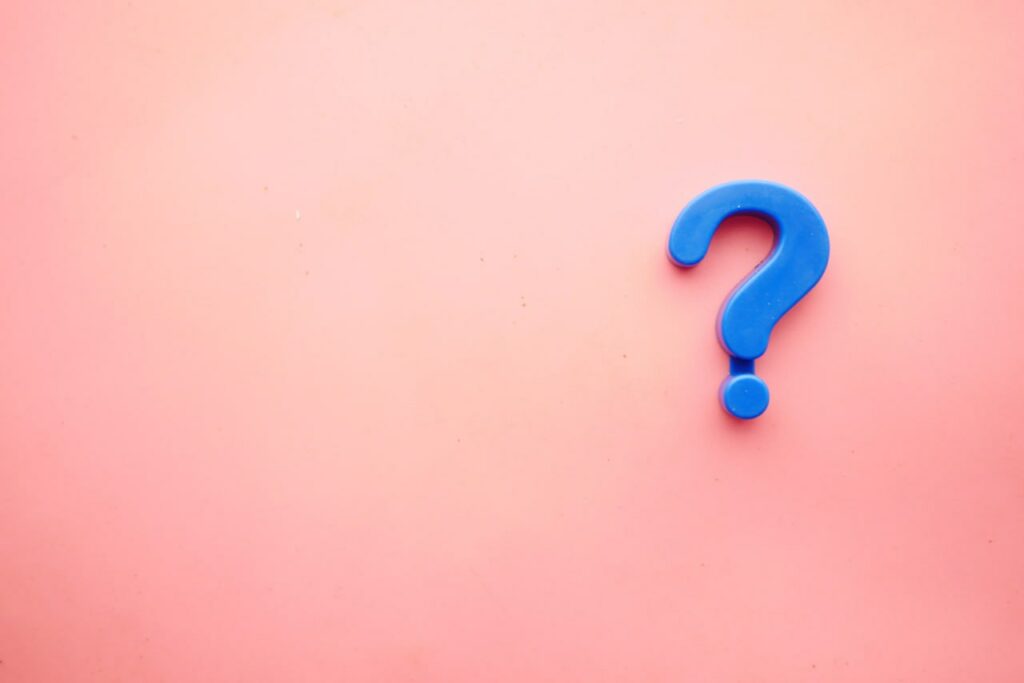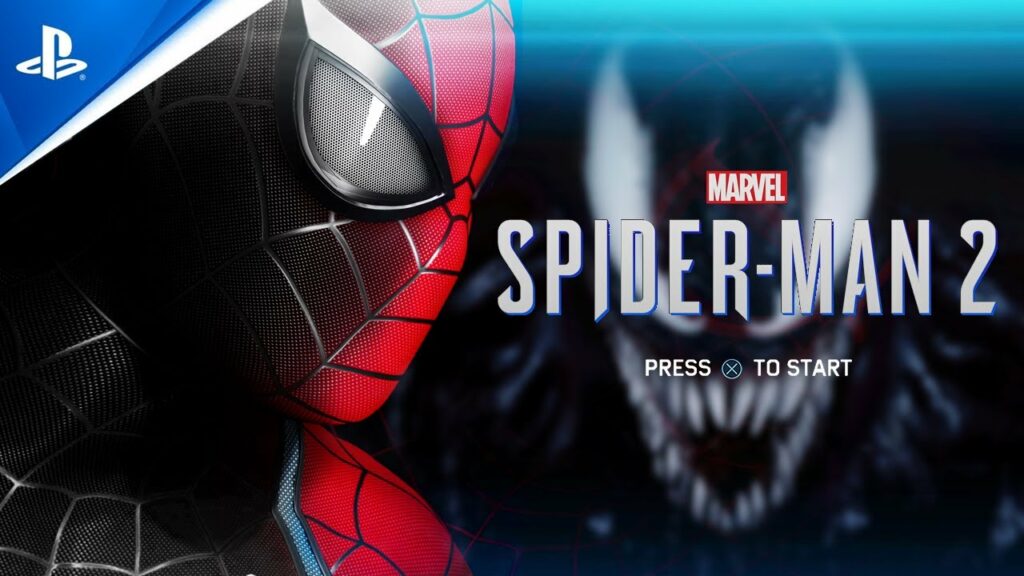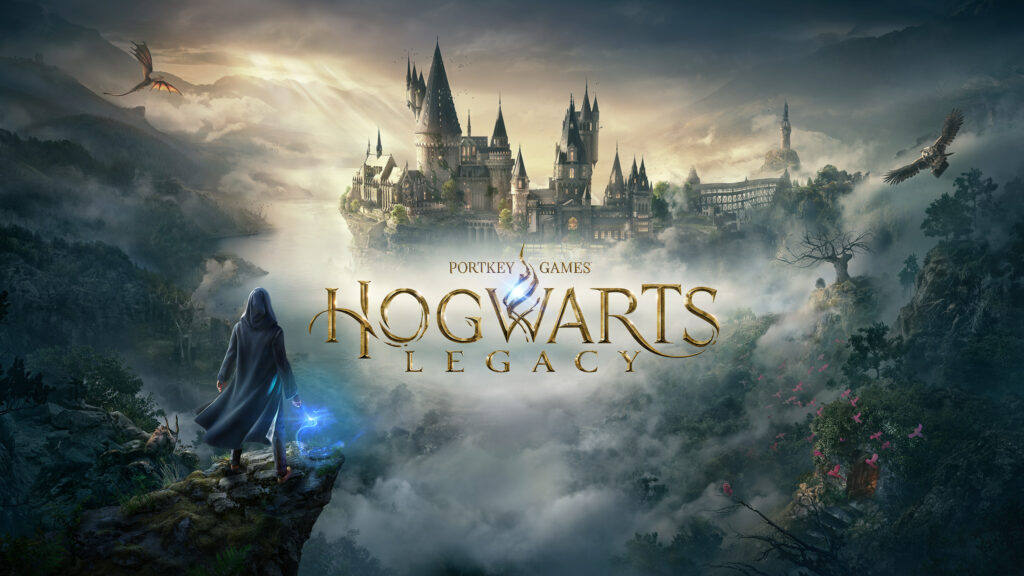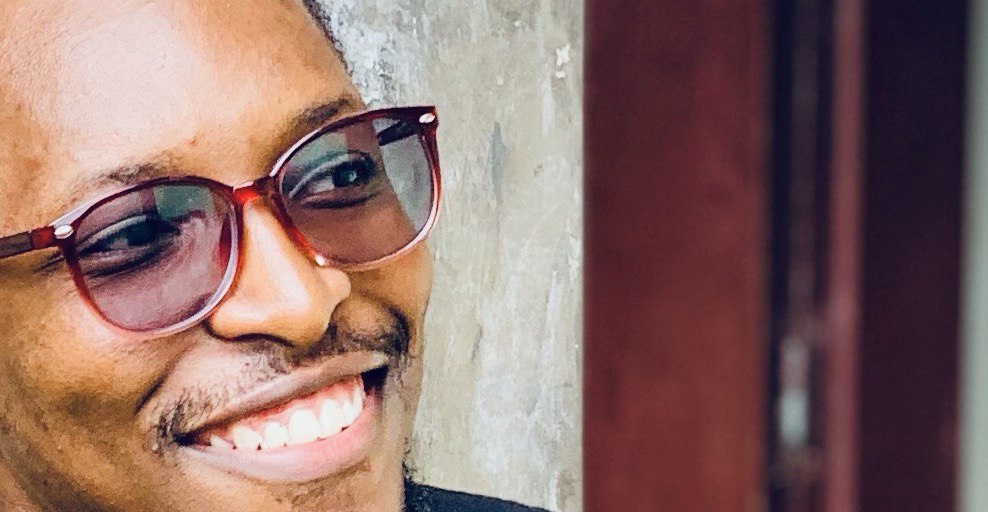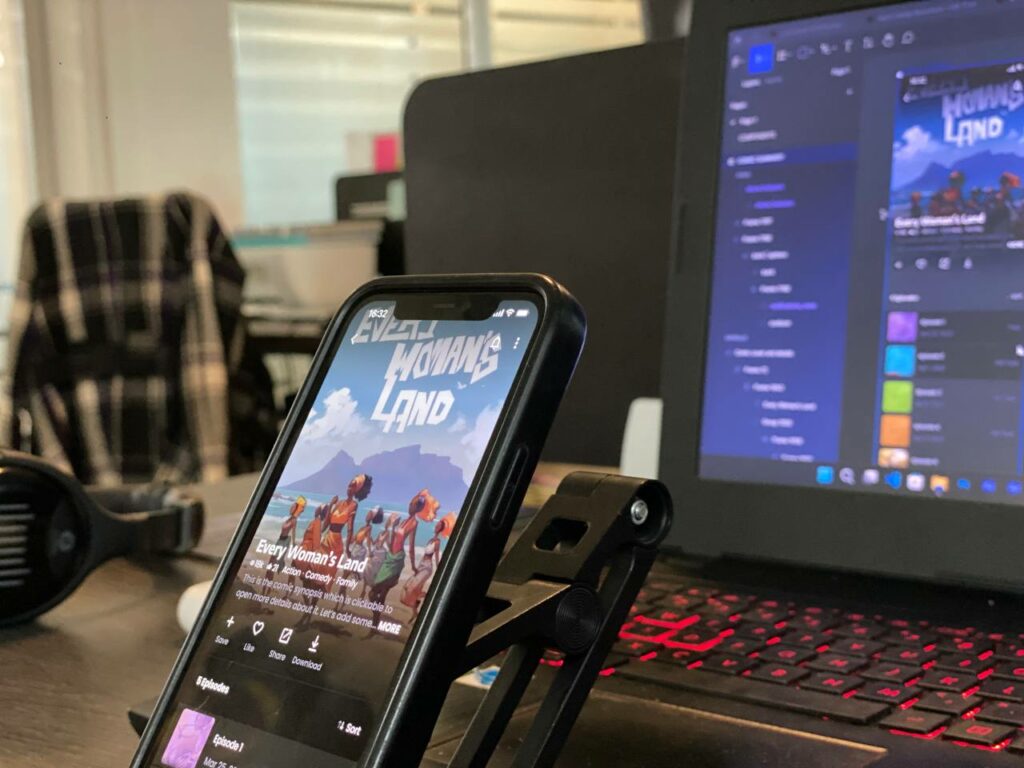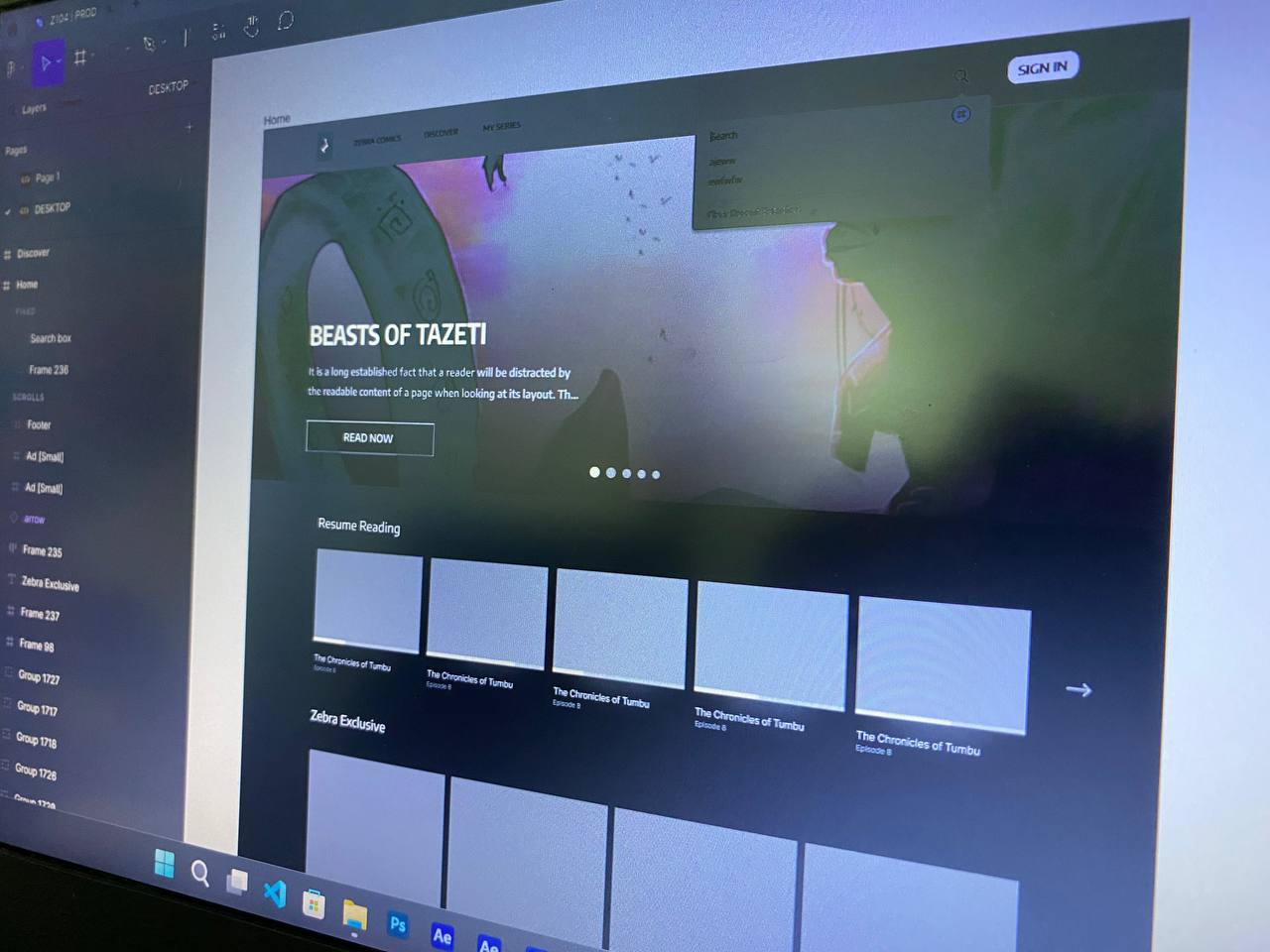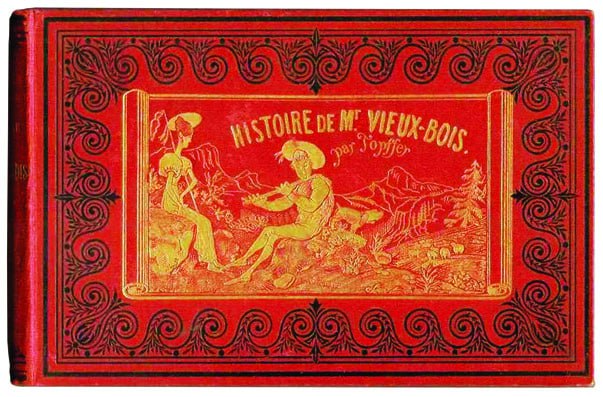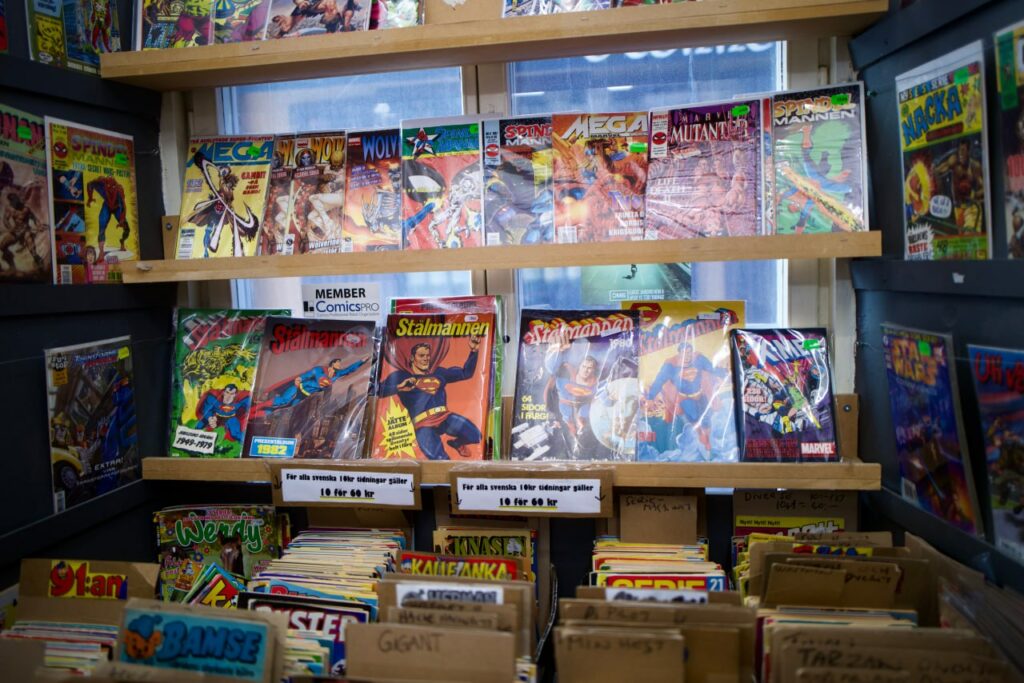Setting up, managing and scaling any business is a tough venture, irrespective of the type of business involved or the place where it is carried out. This is more so the case for the business of comics which is still in its embryonic stage in Africa. But let’s be clear – comics have been around on the African continent for a very long time. Creators and publishers have been putting out interesting creations from the independence era till today. The problem, however, is that comics have not really been big business, earning publishers and creators millions of dollars on the continent. It has been mostly put out as a product of experimentation or for cultural affirmation, rather than serious business. This article therefore seeks to provide valuable tips on how to succeed in this sector which has found it difficult to become a thriving one as it is the case in other continents.
But before we dive head on into the nitty gritties of what any comic book entrepreneur should do to succeed with this business in Africa, it is important to note that the comic book market is a thriving one in other continents like North America, Europe and Asia. According to Fortune Business Insights, the global comic book market size is projected to grow from $16.05 billion in 2023 to $22.37 billion by 2030, at a CAGR of 4.85% during the forecast period. The bulk of this market will be composed of comics from North America, Europe and Asia. Africa is rising and comics from the continent are gradually gaining recognition and market share internationally. However, there are still problems which continue to plague the sector which prevent it from experiencing the kind of success which analysts predict on the international stage. Issues like lack of funding for production and marketing, distribution hassles and even monetization of creations are still problems which prevent African comics businesses from seeing great success.
So, what should African comics businesses do to become successful? Well, we did some research and came up with the following tips that comic book entrepreneurs should look into to ensure that their business becomes successful.
1. Carefully Design your Business Model

Basically, a business model describes how a business will make money from the products or services which they sell. It may sound surprising, but many comics businesses, or those who attempt to sell comics, just believe that once their product is on a social media platform or on any ecommerce website, they are in business. The truth, however, is that comics publishers, like any other businesses out there, need to decide on the best business model to adopt to ensure that their businesses thrive. Some publishers may decide to print their comics and distribute them in conventional stores and bookshops, some will produce comics in digital format only and sell directly to consumers on third party platforms, some will call for submissions from independent creators and sell the finished product through partner businesses, some will make use of crowdfunding platforms like kickstarter.com to reach their audiences and fund their businesses, while others will create their own digital platforms and comics and then charge consumers a subscription fee to consume their comics. Irrespective of the way comic book publishers decide to make money from their comics, they need to evaluate their offer and resources very well, so as to employ the best business model. This will inevitably create better avenues for success because through their business model, they will understand market dynamics better and thereby serve consumers in a way that will bring them high returns. In another article, we will talk more about business models in the business of comics.
2. Provide High Value with World Class Comics

When everything is said and done, comics lovers pay for the content that creators create and publishers publish. They want highly entertaining content which will help solve their boredom and self-affirmation issues. The best comics in the world usually have the most intriguing stories, settings and characters that you find around. African comics businesses need to pay more attention to the quality of the stories they actually put on the market. It even goes without saying nowadays that Africa is a gold mine for untold stories around the continent’s unique cultures and traditions. Creators and publishers should dig deep into these cultures and create unique and higher entertaining comics that will inevitably succeed on national and international markets.
3. Partnerships with Valuable Partners

Comic book business is particularly a high one in Africa. With print comics, there are heavy costs required for printing books, and with digital comics, there are heavy costs required for creating distribution platforms for these comics and paying staff who manage them. With these issues, most comic book businesses will not thrive without valuable partners who will help them grow their business with less stress. Comic book creation agencies, distribution platforms, advertising agencies and even animation and video game studios are possible partners who can help comics businesses in Africa to thrive. Partnerships are very important in this space because comic book businesses in Africa do not usually have the resources they need to succeed like their counterparts from other continents.
4. Market! Market! Market!

For some time now, traditional comics publishers in Africa have usually behaved as if marketing their books made them mundane or not good enough. Most of the time, these businesses even lack dedicated marketing departments and personnel who are tasked with marketing their comics and bringing them much needed clients and revenue, and thereby grow their businesses. Today, only the digital comics companies invest time, resources and effort to push their products into the market. The point in this case is that comics businesses in Africa need to be intentional about marketing their businesses as much as they can. This will help enormously in making African comics businesses popular and assure their success.
Business and entrepreneurship has never been an easy thing to do. From finding capital, to producing the right product, to scaling it to become successful, successful businesses require a lot of input for them to become successful. This is true for comic book publishing businesses, especially those present in Africa who do not usually have the resources and the skills needed to thrive like those in other continents. The tips mentioned in this article therefore serve as a guide for African comics businesses and entrepreneurs to follow to ensure that their businesses become profitable in the long run.















